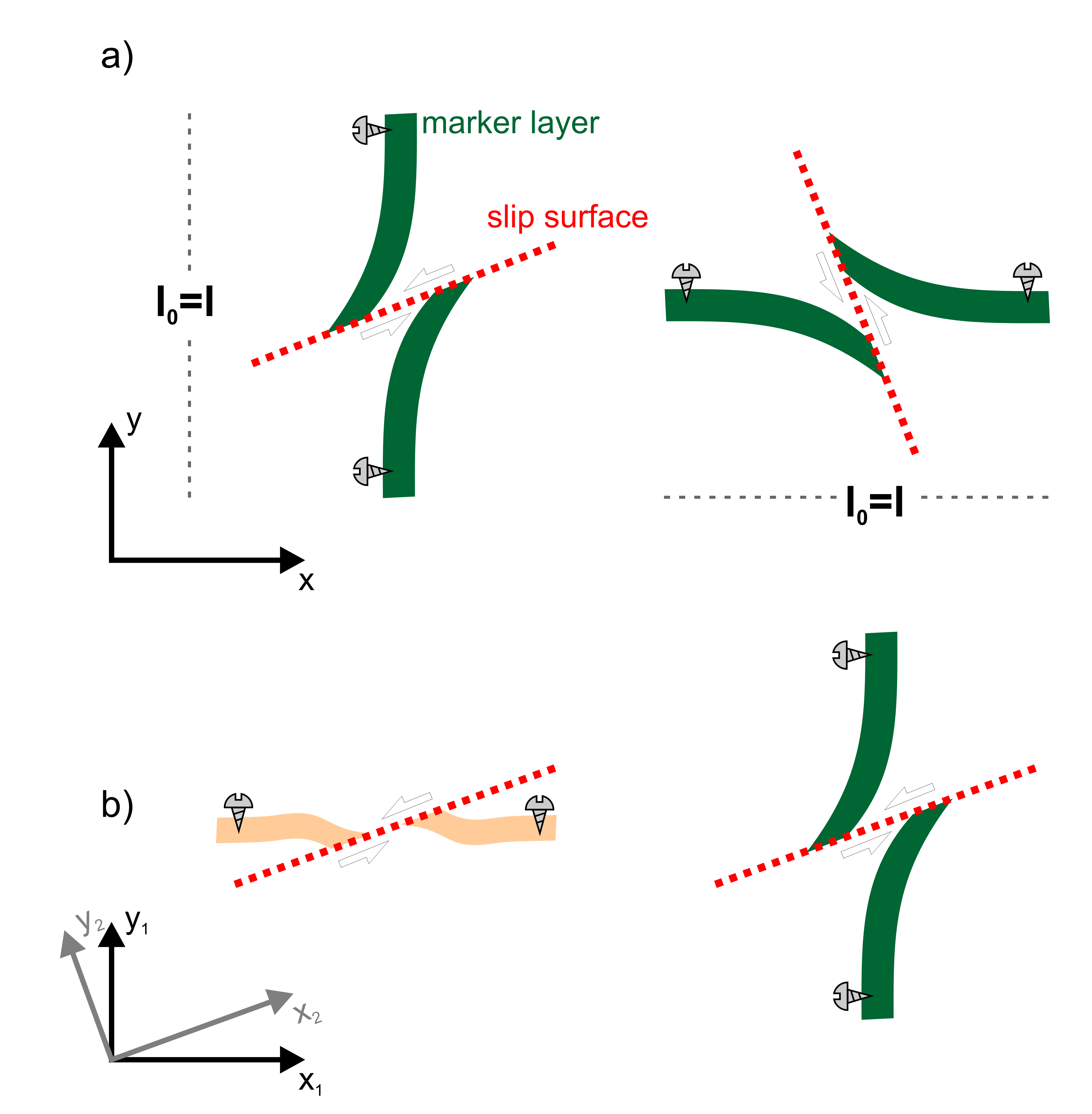Determining the Critical Slip Surface of Three-Dimensional Soil

The slope stability problem is an important issue for the safety of human beings and structures. The stability analysis of the three-dimensional (3D) slope is essential to prevent landslides, but the most important and difficult problem is how to determine the 3D critical slip surface with the minimum factor of safety in earth slopes. Basing on the slope stress field with the finite element method, a stability analysis method is proposed to determine the critical slip surface and the corresponding safety factor of 3D soil slopes. Spherical and ellipsoidal slip surfaces are considered through the analysis. The moment equilibrium is used to compute the safety factor combined with the Mohr-Coulomb criteria and the limit equilibrium principle. Some assumptions are introduced to reduce the search range of center points and the radius of spheres or ellipsoids. The proposed method is validated by a classical 3D benchmark soil slope. Simulated results indicate that the safety factor of the benchmark slope is 2.14 using the spherical slip surface and 2.19 using the ellipsoidal slip surface, which is close to the results of previous methods. The simulated results indicate that the proposed method can be used for the stability analysis of a 3D soil slope.

9-19-161-3: APPENDIX C, MINIMUM STANDARDS FOR SLOPE STABILITY

Calculation model of a newly formed common slope.

Cutting and complementing of a 3D turning corner slope.
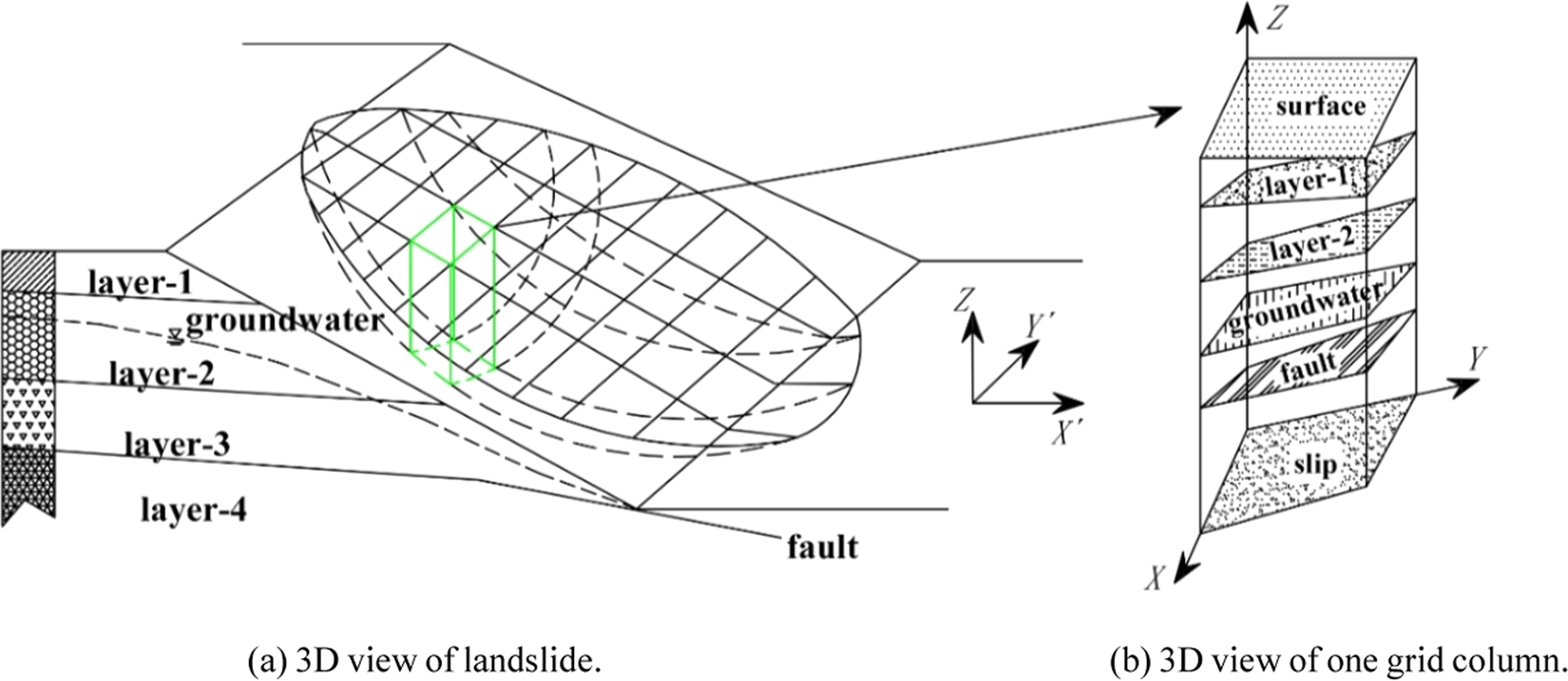
A GIS-based 3D slope stability analysis method based on the

The effect of slope height and angle on the safety factor and

PDF) Method of Generation and Model of Calculation of Arbitrary

PDF) Determining the Critical Slip Surface of Three-Dimensional

Automatic identification of the critical slip surface of slopes

Strain-dependent slope stability
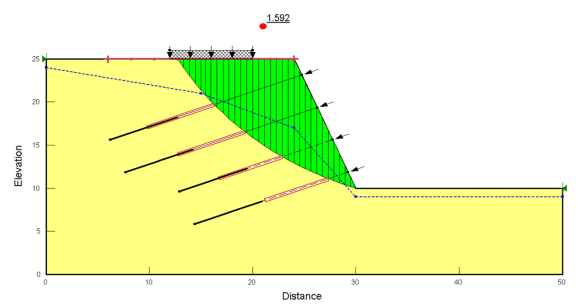
Eurocode design using SLOPE/W - How-To & Guides



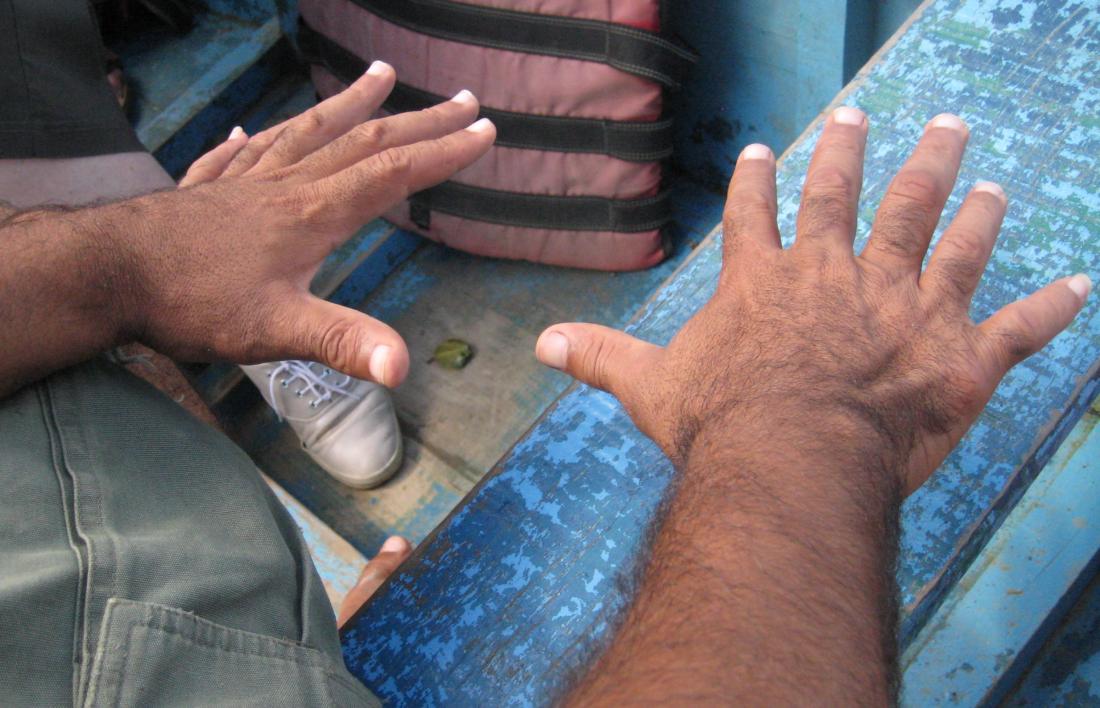

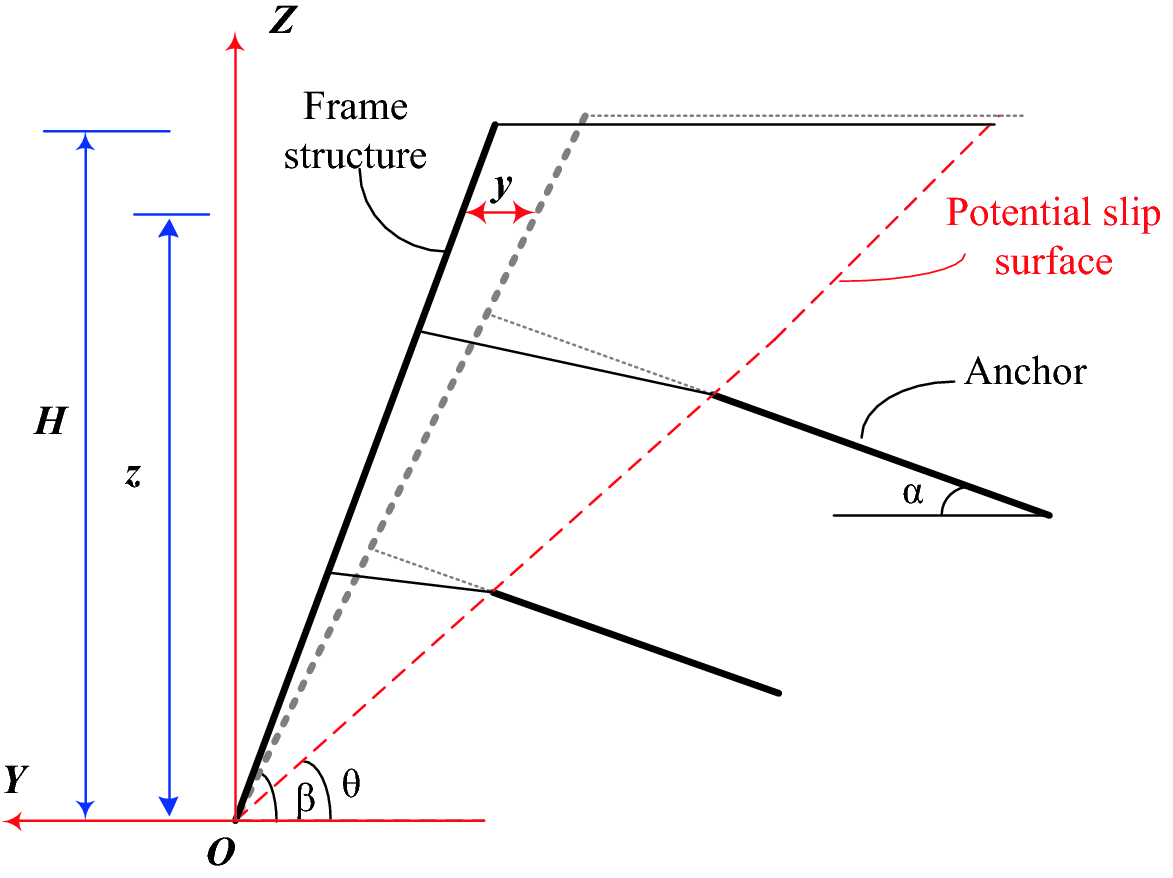
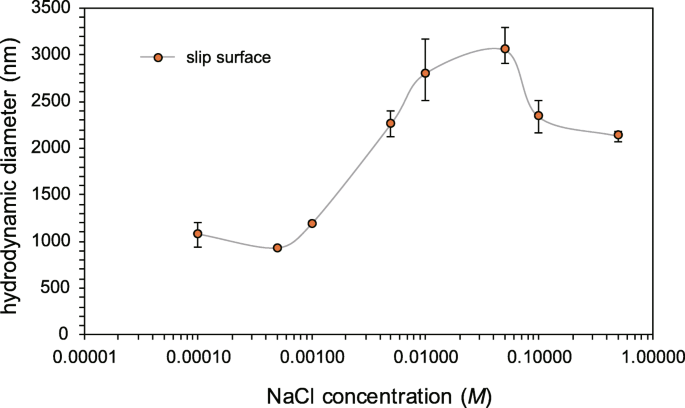
GM.1943-5622.0001896/asset/01007741-438c-451f-a88c-0f68fd7915e8/assets/images/large/gmeng-5525f07.jpg)

